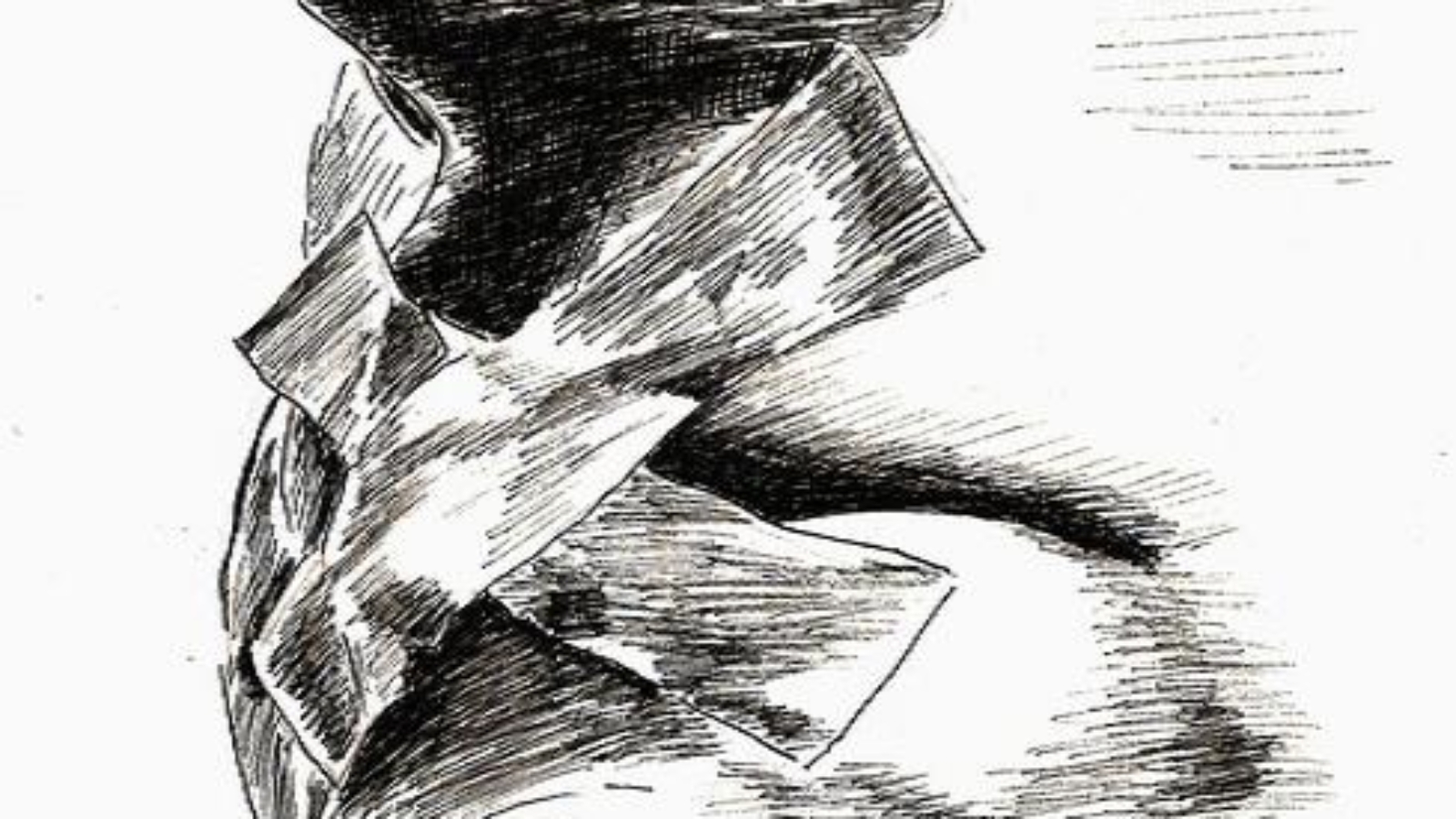Both Pakistan and Venezuela are using spurious claims about dangerous speech and violent images as a pretext for censorship, to our alarm.
Pakistan’s parliament has been considering a bill that could drastically restrict news coverage, ostensibly to diminish terrorism. Under the proposed Pakistan Electronic Media Regulatory Act, the country’s increasingly daring TV stations would be banned from airing footage of suicide bombers or of the corpses of their victims, statements from militant leaders, and any acts that “promote, aid or abet terrorists or terrorism." Sounds reasonable, and indeed Pakistan government spokeswoman Farahnaz Ispahani said that showing graphic images resulting from suicide attacks gives “psychological strength to extremists and causes emotional grief to ordinary Pakistanis.” But the bill is particularly aimed at assuaging the emotional grief of corrupt and authoritarian politicians, since it could also be used to ban any reporting that is “defamatory against the organs of the state.” This is a dead giveaway that the bill’s true purpose is to repress the opposition, as my WPI colleague and World Policy Journal editor David Andelman argued in a recent op-ed.
Now comes Venezuela, another repressive government attempting to rein in feisty and daring journalists. Protesting the country’s skyrocketing murder rate and the government’s failure to do much about it, the opposition newspaper El Nacional printed a grisly photograph of an overcrowded Caracas morgue on August 13, together with a front-page story on crime. In response, a Venezuelan court issued an order banning the paper from publishing “images, information, and publicity of any type that contains blood, guns, alarming messages, or physical aggression that could alter the psychological and moral well-being of children and adolescents.” The photo was large and grisly, but the government’s concern for Venezuelan children spurious. In response to international criticism, the court has since limited its order to El Nacional and another opposition paper, Tal Cual, which reprinted the photograph in solidarity with El Nacional.
This is not to say that media coverage of violence should be unlimited. George Gerbner, former dean of the Annenberg School of Communications at the University of Pennsylvania, famously argues that media violence is itself “an instrument of fear and social control.” But where governments impose sudden, broad regulations on media coverage (especially when facing elections, like Venezuela now), it is typically a red herring, a technique to repress the opposition. As former UN Secretary General Kofi Annan and his colleagues wrote in a 2003 report on the media, violence and terrorism, “The temptation to impose drastic state regulation upon the media must be resisted.” Where speech is truly dangerous, it must be limited in ways that do not play into the hands of a repressive state.
Susan Benesch is a WPI fellow and professor of human rights at American University's School of International Service. She is the Project Director for WPI’s “Dangerous Speech on the Road to Genocide,” an 18-month project which began in February 2010. Principally funded by the MacArthur Foundation, the project will identify policy responses to inflammatory speech, for the U.N. Special Adviser for the Prevention of Genocide.
Photo courtesy of Chong Head.
